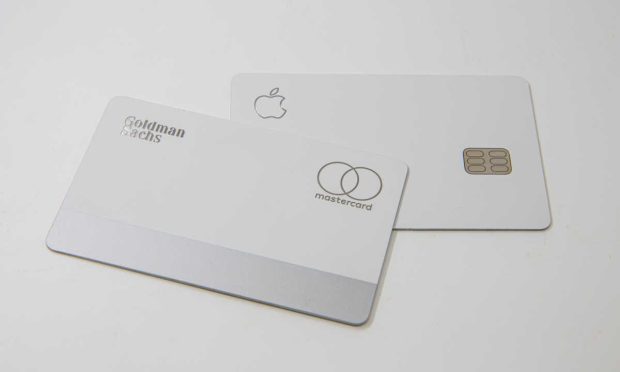Bigger Credit Risks Take Bigger Bite From Goldman’s Apple Card

Launched just two years ago as Goldman Sachs started its strategic foray into consumer banking, the Apple Card has recently earned the surprising distinction of approving applicants with less than stellar credit ratings.
Some 28% of Goldman’s card customers have FICO scores below 660, according to the company’s most recent financial reports. A score below 660 includes near-prime and subprime consumers.
See also: Goldman’s Consumer Banking Segment Sees 8% Growth Year Over Year
Goldman’s loss rate on credit cards was 2.93% in the second quarter, CNBC reported on Monday (Sept. 12), citing a note from JPMorgan analyst Vivek Juneja. It wasn’t clear from the report if the loss rate was provided for Apple Card alone or for Apple and the GM Card combined.
Capital One extended 30% of its loans to people with FICO scores below 660, according to the CNBC report, whereas JPMorgan said 12% of its loans were to users with scores less than 660. Bank of America said that 3.7% of its loans were to people with scores under 620.
“Goldman has to play in a broader credit spectrum than other banks, that’s part of the issue,” a source who previously worked at Goldman Sachs told CNBC.
“They have no direct-to-consumer offering yet, and when you have the Apple Card and the GM card, you are looking at Americana,” the source said.
Read more: Goldman Consumer Banking Revenues Grow 25% as Loss Reserves Surge 497%
“People are losing their jobs and you had inflation at 40-year highs; that will impact the subprime cohort more because they are living paycheck to paycheck,” Michael Taiano, a senior director at Fitch Ratings, told CNBC. “With Goldman the question will be, were they growing too fast into a late-cycle period?”
Related: The Data Point: Paycheck-to-Paycheck Living Now Stands at 59% of All US Consumers
Credit cards have been the biggest contributor to Goldman’s retail lending division, with 14 million customers and $16 billion in loan balances, a figure that the bank said it is striving to nearly double to $30 billion by 2024.